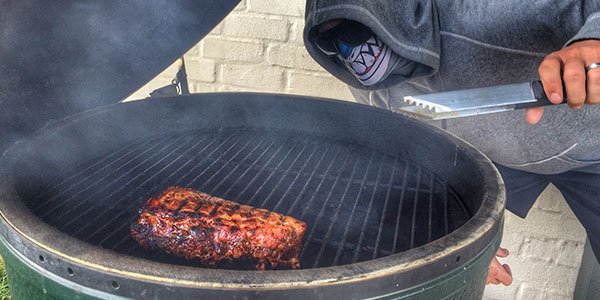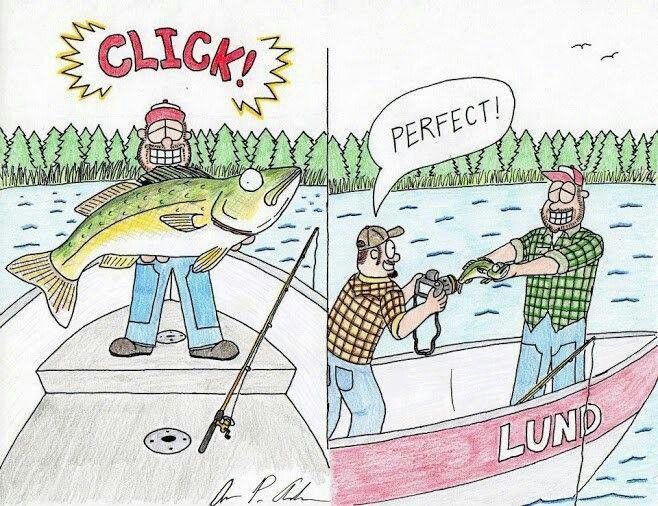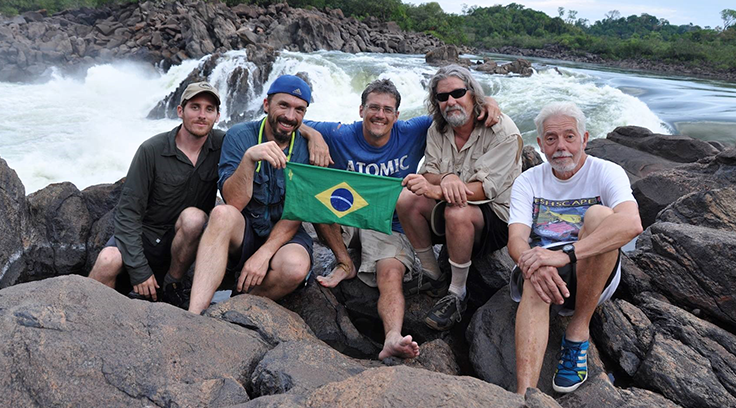Chemotherapy can be especially difficult because one of the main side effects of chemotherapy is hair loss. As much as our friends and family members try to lift our spirits once our hair begins to fall out, it is difficult to maintain high spirits and healthy self-esteem levels when our hair thins and falls out. While this loss of self-esteem may not seem important, ask any cancer survivor and they’ll tell you that a positive attitude and a hopeful spirit are important tools of survival during chemotherapy treatment.
In the spirit of boosting self-esteem and providing hope, we would like to present to you a concise list of headwear available to those who are suffering from hair loss due to chemotherapy treatments.
Continue reading The Top 5 Types of Headwear for Cancer Patients






